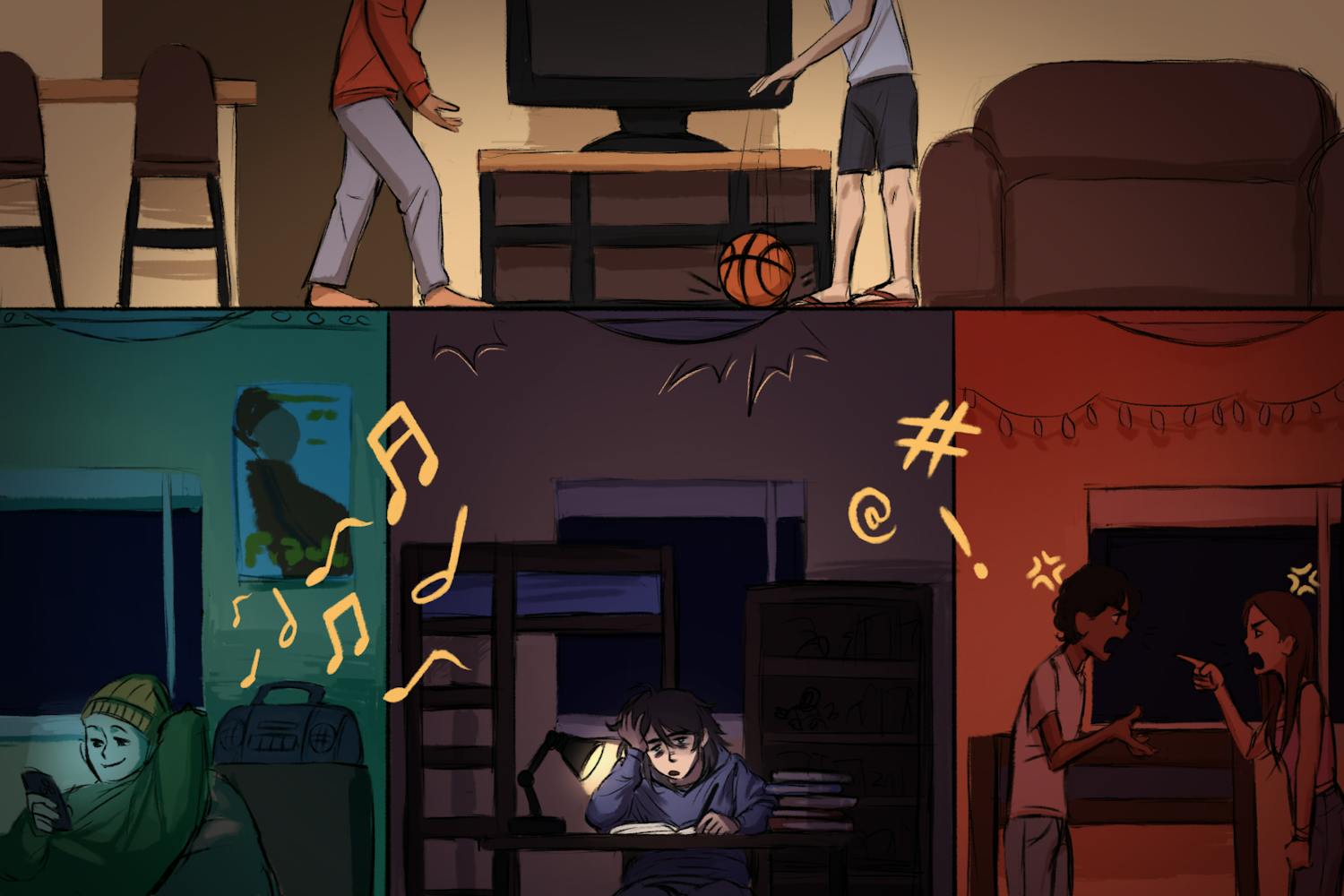We live in the desert, and it’s that time of the year when the sun is strongest. We’ve all heard the warnings: “Wear sunscreen,” “Don’t go tanning” and “Check your skin.”
But what will it take for young people to truly heed this advice?
With a society that places high value on being bronze, it is certainly difficult to sport a more natural ivory hue. Tanning, as a result, has become the social norm. Orange skin is even deemed a trademark of the popular TV personalities on MTV’s “Jersey Shore.” This distorted thinking does damage to more than just our skin.
In a 2009 survey conducted by the University of Iowa, researches found that overexposure to the sun was not a result of a lack of awareness about risks, but the desire for social acceptance.
The comprehensive study observed the common attitudes and opinions of college students between the ages of 18 and 23.
The results were shocking, showing that out of the 162 subjects, 66 percent tanned despite their knowledge of skin damage because they felt they looked “healthier” with a tan.
Despite cancer research, the tanning trend is growing. The American Academy of Dermatology reports that the industry exceeded national revenue of $2.6 billion just last year. Of the 28 million people that use tanning beds annually, 2.3 million of them are teens. There are nine tanning salons in the Tempe campus area alone.
Outdoor tanning, on the other hand, poses just as high of a risk. One reason is because of the misconceptions about sunscreen’s protection. When applied properly, it can effectively reduce the amount of UV ray exposure to the skin during outdoor activities.
However, when used for long exposure, sunscreen is unsuccessful in preventing sun damage.
As stated by the American Association of Dermatology, “There is no safe way to tan. A tan damages the skin. Tanning occurs when ultraviolet rays penetrate the epidermis, the skin's outer layer, causing the production of melanin as a response to the injury.”
Since the majority of skin damage is caused in childhood and early adulthood, the target audience for anti-tanning ads should be younger generations.
One such group, called the David Cornfield Melanoma Fund, produced a video May of this year during Melanoma Awareness Month.
The five-minute-long video, “Dear 16-Year-Old Me”, compiles the advice of cancer victims to younger versions of themselves. As one woman battling skin cancer says, “Don’t start the tanning bed. I know you want a healthy glow, but its going to double my chances of getting melanoma.”
Another woman, in her mid-twenties, holds up a picture of her husband. “I want you to know because it’s melanoma that’s going take the strongest man you know, your best friend and the love of your life.”
Although touching, is it enough for young people to change this deeply embedded behavior? To start using safe alternatives such as spray tanning and self-tanning lotions?
After all, there are worse things than being pale, such as chemotherapy, high medical bills, and the stress of reoccurrences.
Reach the columnist britni.adams@asu.edu
Click here to subscribe to the daily State Press newsletter.



